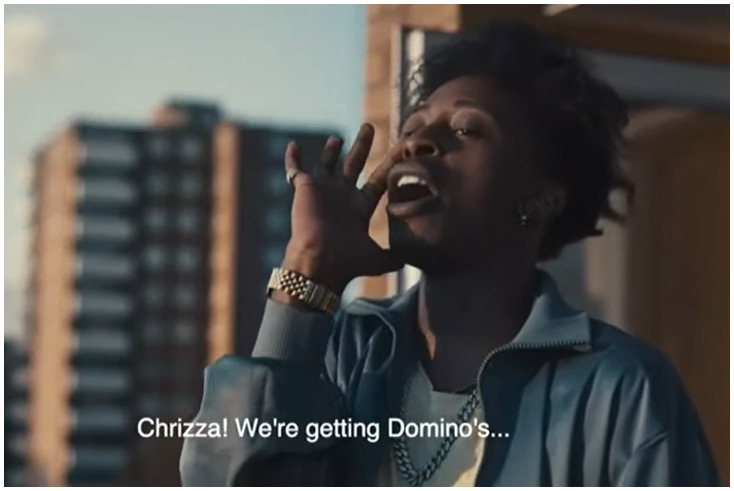Why are TV ‘blipverts’ so rare?

Although they are usually the shortest ads in the reel, blipverts are designed to dominate the ad break, writes the joint chief strategy officer at VCCP Media
It’s a rare thing for life to imitate art – especially in the media world – but the concept of “blipverts” comes from science fiction.
For the uninitiated, a blipvert is “a very brief television advertisement, lasting about one second”, according to Wikipedia.
But the term was first introduced in the science fiction TV show, Max Headroom, in 1987. Blipverts were introduced as a futuristic concept; a high-speed, concentrated, high-intensity television commercial, that could have the side effect of making viewers explode.
My own definition of blipverts is any very short-form TV (or broadcaster video) ad, usually no longer than 5 seconds in length that are typically bought in multiples or sets. They can run in between the various standard-length ads that run within a typical commercial break (between 20 and 40 seconds).
They’re a bit like the short sponsorship bumpers, but blipverts are usually scattered, at high frequency, in amongst the other ads within the break.
More often than not, they are used at the launch of a campaign, often as means of arresting the viewers’ attention, and getting them to ‘lean in’ to an ad break. This makes them different to the ‘subliminal’ advertising which brands first experimented with in the 1950s, which were designed to engage subconsciously, and lead to some moral panic.
They remain rare, and as a consequence, they are particularly disruptive to the viewing patterns that we’ve all become accustomed to. Often designed to generate intrigue, and run as a prelude, or a teaser to a longer-form or potentially ‘epic’ piece of content that might follow, they do a brilliant job of priming the audience to expect something exceptional.
In other words: don’t make that cup of tea; hang around to watch our ad.
They are also a fantastic means of bringing a new creative vehicle to life, or helping to cement a campaign in popular culture. For recent inspiration, see Domino’s latest “We Got This” work, where hungry mates yodel their pizza orders and replies to each other ‘across’ an ad break (our sister agency VCCP created the ads and Havas Media planned and bought the media).
As Tabitha Parkes, client director at Havas Media, explains, the campaign launched with a 40-second ad and was followed by five-second blipverts to capture attention in high reach and appointment-to-view programming.
“This allowed us to run a high frequency in a condensed time period, to really drive unmissable awareness – a key pillar to the whole campaign,” Parkes adds. “To deliver this, we focused on ITV only and cherry-picked key environments such as the Euros, Wonder Woman and Coronation Street – ensuring that access to these shows did not overlap with the main campaign.”
Although they are usually the shortest ads in the reel, blipverts are designed to dominate the ad break.
They remain a relatively rare concept for a number of reasons.
Firstly, from a trading and scheduling point of view, they can be challenging to implement, making media agencies and publishers’ lives more difficult.
They are also relatively expensive, especially when implemented in high volumes. For example four x five-second spots could cost nearly 100% more than a single standard 20-second ad. Hence, blipverts are often used on a tactical basis within a wider campaign strategy.
Moreover, a fundamental challenge will be finding a creative vehicle that seamlessly suits the concept, and adapts well to very short-form assets.
So, are blipverts worth all the extra time, effort and cost? Well, in an era of proliferated content, and multi-screening, it’s never been harder for advertisers to secure consumers’ attention. Whilst they won’t be right for every campaign, blipverts are a brilliant example of the media planners, creatives and publishers coming together to help advertisers find a marginal gain in the fight for attention.
Yes, they do require an agency team prepared to go the extra yard but, done well, they can be a very powerful tactic – and they can be the difference between a good campaign and a great campaign.




